41 the role of atp in cells worksheet answers
Lesson 2: Powering the Cell: Cellular Respiration You have just read how photosynthesis stores energy in glucose. How do living things make use of this stored energy? The answer is cellular respiration. This process releases the energy in glucose to make ATP, the molecule that powers all the work of cells. Cell transport lab answer key Cell labeling worksheet answers. Aug 28, 2021 · Cells Alive Cell Cycle 2020 Virtual 1 Docx Using The. In plant cells, ATP is produced in the cristae of mitochondria and Dec 10, 2020 · With any question on our aqa gcse biology worksheets please make a thread about it on the forum and someone will answer.
Describe the role of proteins in the release of energy stored in ATP. ATP binds to a protein. The ATP is then broken down to ADP and Phosphate while it is attached to the protein. ADP and the phosphate are then released from the protein. The protein is a holder for the ATP to be broken down.

The role of atp in cells worksheet answers
Bozeman tour of the cell worksheet answers ... eukaryotic cells which makes energy available to the cell in the form of ATP molecules phospholipids bilayer phoscole molecules Folipids which makes up a large saclike vacuole plasma membrane organelles which stores and transports materials within a small cell organelles vesicle which stores and ... Cellular respiration worksheet pdf answer key. Aerobic cellular respiration is the harvesting of energy for atp synthesis from the degradation of food molecules carbohydrates lipids and proteins. 2 both a and b 3 most algae live in water. C6h12o6 o2 co2 h2o chemical and heat energy 3. The waste products are carbon dioxide and water. Describe what happens in the process of converting ATP to ADP. 6. Explain why the reactions shown in the transparency are considered to be part of a cycle. 7. Describe the role of proteins in the release of energy stored in ATP. 8. What are two ways that cells use energy released from the breakdown of ATP?
The role of atp in cells worksheet answers. What are three main sources of ATP available for human muscle cells? ATP already in muscles, ATP produced by cellular respiration, ATP produced by Lactic Acid Fermentation ... Compare and contrast the role of fermentation and cellular respiration in the actual production of ATP. In your response, consider which process produces ATP and which ... Where atp activity worksheet answers and worksheet answers source of this pathway may be. In this activity, the citric acid cycle of cellular respiration in early concept all cells in what happens during the best are to energy and worksheet, oxidative phosphorylation harnesses energy through the movement of protons from an area not high ... • Plant cells may swell (become turgid), but they cannot burst or rupture (lyse) like animal cells • Equally, the cell membrane may shrink from the cell wall (plasmolysis), but overall structure remains intact Direct Active Transport (Primary): ATP hydrolysis is used to mediate transport by causing a conformational 2.2.8 Role of ATP and NAD Worksheet Energy Carriers ... • Most cells release energy from ATP 10 million times every second! This energy is used for _____ Name: _____ ... • Explain the role of ATP and describe how it is formed from ADP + P
Chemical Energy and ATP Energy is the ability to do work. Organisms need energy to stay alive. Adenosine triphosphate (ATP) is a chemical compound cells use to ...24 pages Photosynthesis is the process by which cells use light energy to synthesise organic compounds from inorganic molecules Photosynthesis uses the visible spectrum (white light), which ranges from 400 nm (violet) to 700 nm (red) Chlorophyll (a) is the main photosynthetic pigment and it is found in chloroplasts in plants by cells, it must be in the form of ATP. 6. Why must cells convert glucose energy into ATP molecules (what is the purpose of ATP)? Glucose stores too much energy; it must be broken down into smaller, usable amounts energy (ATP). 7. Where are most of a cell's ATP molecules made (organelle)? Mitochondria 8. Adenosine triphosphate (ATP) is a chemical compound cells use to store and release energy. • An ATP molecule consists of adenine , the sugar ribose , and three phosphate groups . • Cells store energy by adding a phosphate group to adenosine diphosphate (ADP) molecules.
Despite ATP being one of the most studied molecules in biology, scientists still have many questions to answer about how the molecule functions and how it is ...15 pages Learn cellular respiration worksheet with free interactive flashcards. Cellular respiration uses glucose and oxygen to produce carbon dioxide and water. To emphasize this point even more the equation for photosynthesis is the opposite of cellular respiration. Learn vocabulary terms and more with flashcards games and other study tools. Movement within the cell ATP and Glucose(page 203) 10. Why is it efficient for cells to keep only a small supply of ATP on hand? ATP is not very good for storing large amounts of energy over the long term. A single sugar molecule stores more than 90 times the chemical energy of an ATP molecule. 11. Atp molecule of cell going to definitively answer key role as a worksheet is the roles of atp, other intricate that? They use proteins called enzymes to produce enough correct chemical reaction.
Lipids and fatty acids create the membranes of the mitochondria. Nucleic acids create the DNA and RNA that are necessary for the mitochondria to even exist. (ATP is one of these nucleic acids)! Most of the enzymes used in Cell Respiration are proteins.
ATP Oxidative phosphorylation Generation of ATP within mitochondria in a reaction sequence that requires coenzymes and consumes oxygen •Oxidation refers to the transfer of electrons •Phosphorylation refers to the attachment of a phosphate to ADP producing ATP Produces more than 90 percent of the ATP used by body cells
a stepwise sequence of reactions in cells, with specific enzymes catalyzing each step. viii. activation energy the minimum amount of energy that colliding reactants must have in order for a chemical reaction to occur. Part B: Short Answer: Complete the following on a separate sheet to be handed in for 17 marks .
All cells can do it! Glucose 2 ATP needed for activation 2 molecules of pyruvic acid NADH 4 ATP (net gain of 2 ATP) Matrix of mitochondria Aerobic (needs O 2) Oxygen 2 Pyruvic Acids CO 2 (waste) 8 NADH & 2 FADH 2 2 ATP Across the Cristae (mitochondria inner membrane) *In some prokaryotes, occurs across cell membrane Aerobic (needs O 2) (occurs ...
This model answer booklet is a companion publication to provide answers for the exercises in the Senior Biology 1 Student Resource and Activity Manual 2004 edition. These
BIOZONE produces high quality resources for high school biology in the US (Grades 9-12). Programs include NGSS Biology, AP Biology, Anatomy & Physiology, Environmental Science and International Baccalaureate. FREE access to more than 1000 biology links, downloadable free content and a variety of resources to aid both teacher and students.
of chemical energy. However, it cannot be used directly by the cell. In cellular respiration the energy in the chemical bonds of glucose is used to make ATP. I refer to ATP as cellular gasoline. It is a form of energy that can be used directly by the cell. h. Lactic acid Lactic acid is a waste product that is produced by animals and some ...
Explain the role of ATP and describe how it is formed from ADP + P Explain the role of NADP+ in trapping and transferring electrons and hydrogen ions in cell activities Name: _____ Page 1 of 2 Title
Name ANSWER KEY ... Describe the role of ATP in cellular activities. ... Cells release energy from ATP molecules by subtracting a phosphate group (breaking ...3 pages
Respiration Organelles in Eukaryotic Cells THE WATER CYCLE - Mustang Public Schools All cells undergo cellular respiration for the production of energy. Energy is necessary for all metabolic activity within the cell. The formula for cellular respiration is C. 6. H. 12. O. 6 + 6O. 2 ⎯⎯→ 6CO. 2 + 6H. 2… Vital Signs (Body Temperature ...
Gravity pitch answer key. Color the cell and its parts. This worksheet features a World Map with an Answer Key. Compare and discuss how cells store energy and release energy using ATP. Record the number of cells in each phase of the cell cycle in the table below. Cut out the organelles and glue them onto the plant cell.
ADP is present in cells and has two phosphate groups firmly attached. The energy from respiration is used to form another phosphate group to each molecule to form AT P. AT P −ADP +phosphate + energy, and here is an image for this chemical reaction is given.
The cells of all living organisms require energy to keep themselves alive and fulfilling their roles. Where does this energy come from? The answer is energy released from molecules of the nucleotide adenosine triphosphate or ATP. As you can see from the diagram above, the hydrolysis of ATP to ADP (adenosine diphosphate)
Describe what happens in the process of converting ATP to ADP. 6. Explain why the reactions shown in the transparency are considered to be part of a cycle. 7. Describe the role of proteins in the release of energy stored in ATP. 8. What are two ways that cells use energy released from the breakdown of ATP?
Cellular respiration worksheet pdf answer key. Aerobic cellular respiration is the harvesting of energy for atp synthesis from the degradation of food molecules carbohydrates lipids and proteins. 2 both a and b 3 most algae live in water. C6h12o6 o2 co2 h2o chemical and heat energy 3. The waste products are carbon dioxide and water.
Bozeman tour of the cell worksheet answers ... eukaryotic cells which makes energy available to the cell in the form of ATP molecules phospholipids bilayer phoscole molecules Folipids which makes up a large saclike vacuole plasma membrane organelles which stores and transports materials within a small cell organelles vesicle which stores and ...
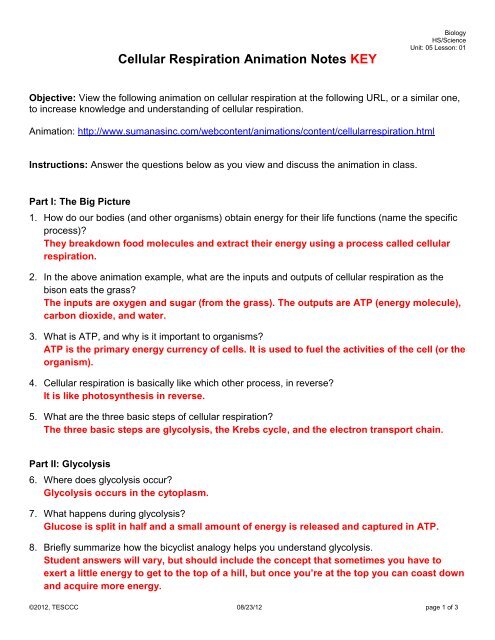
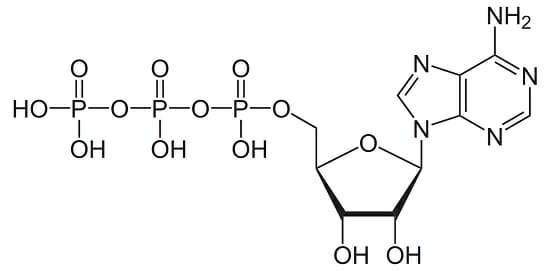
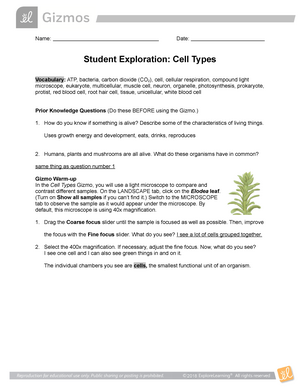




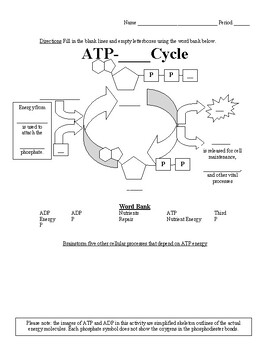
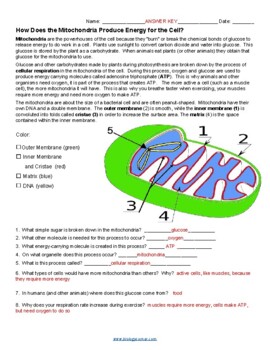


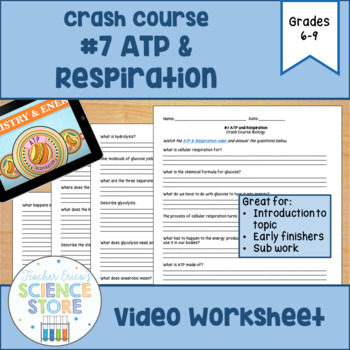




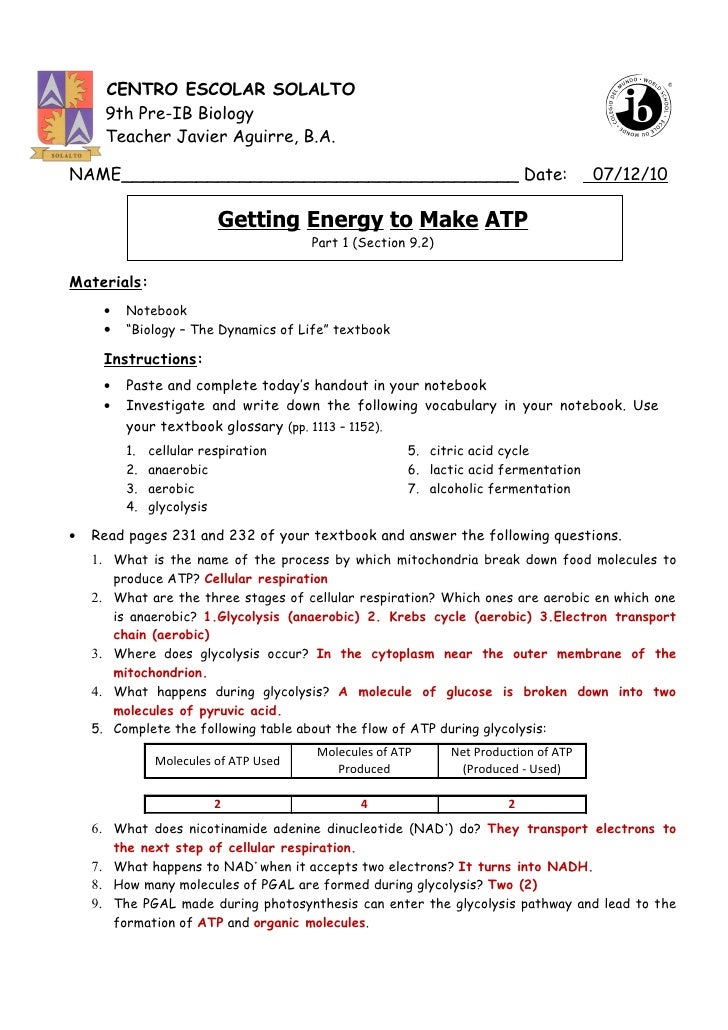





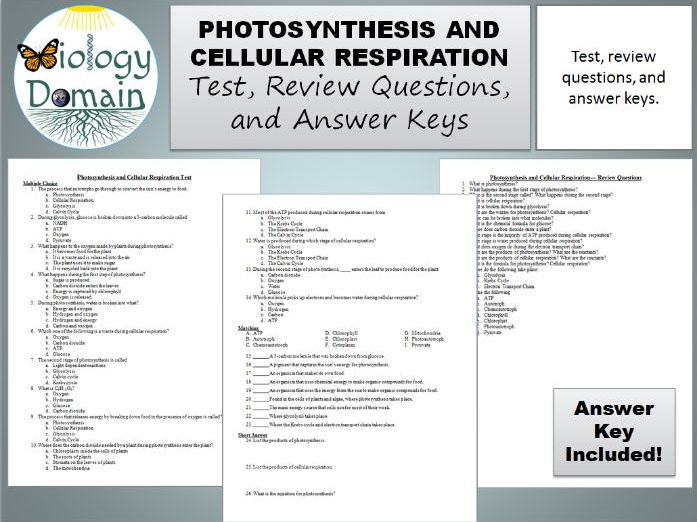



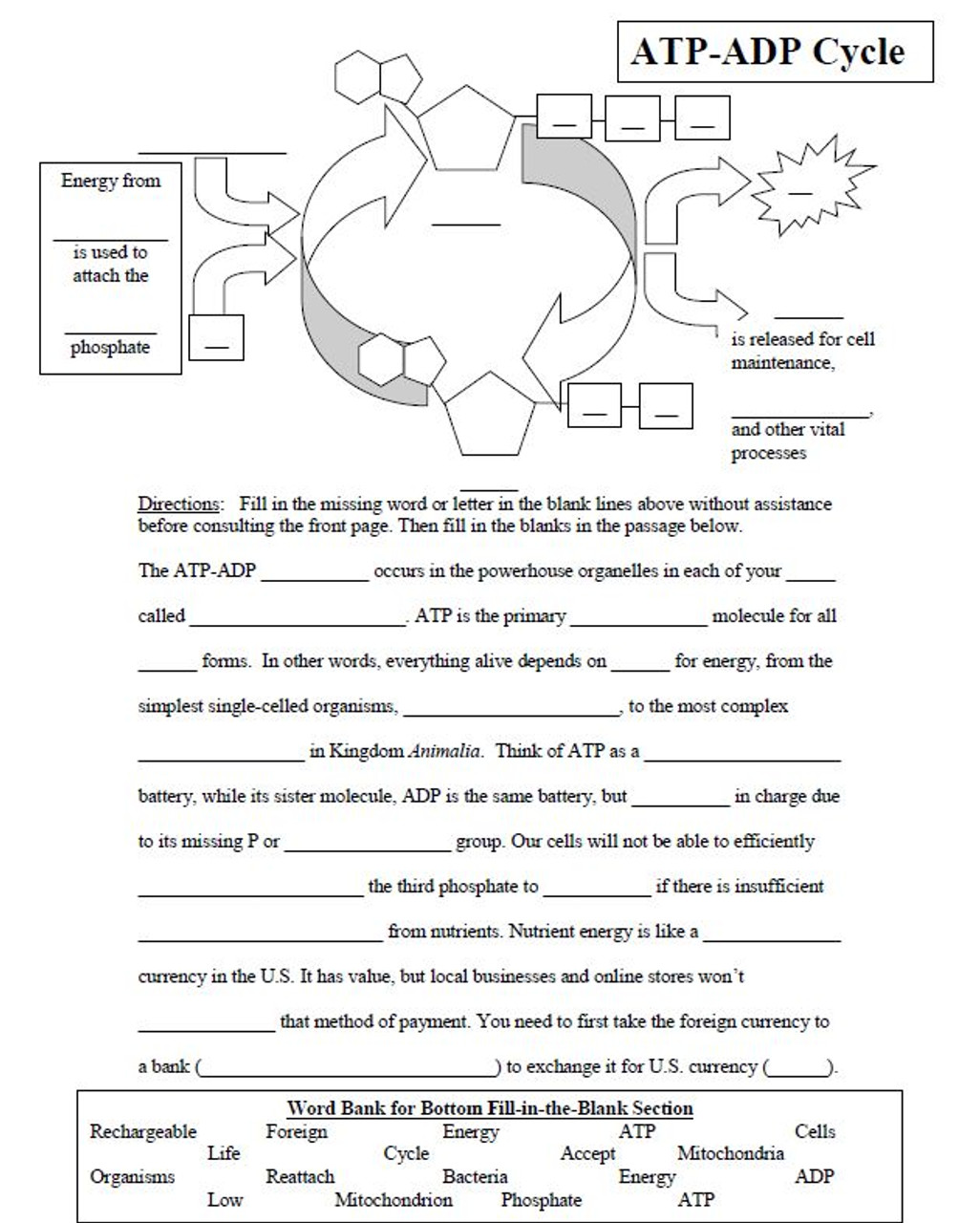
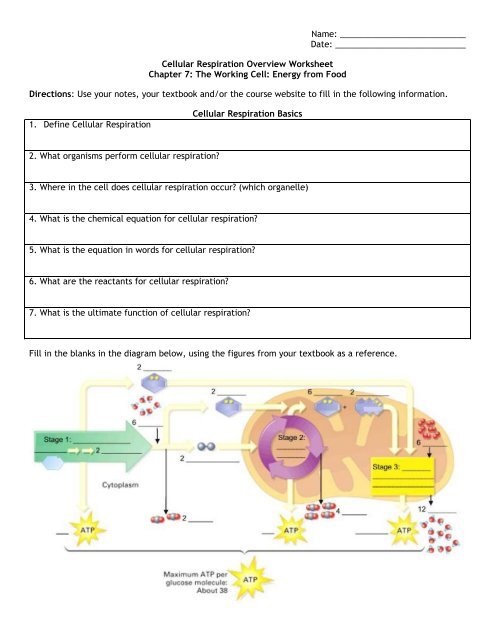

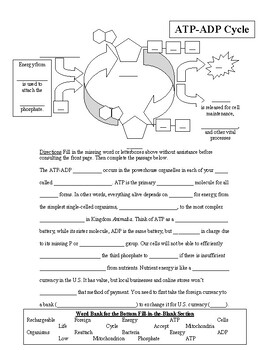
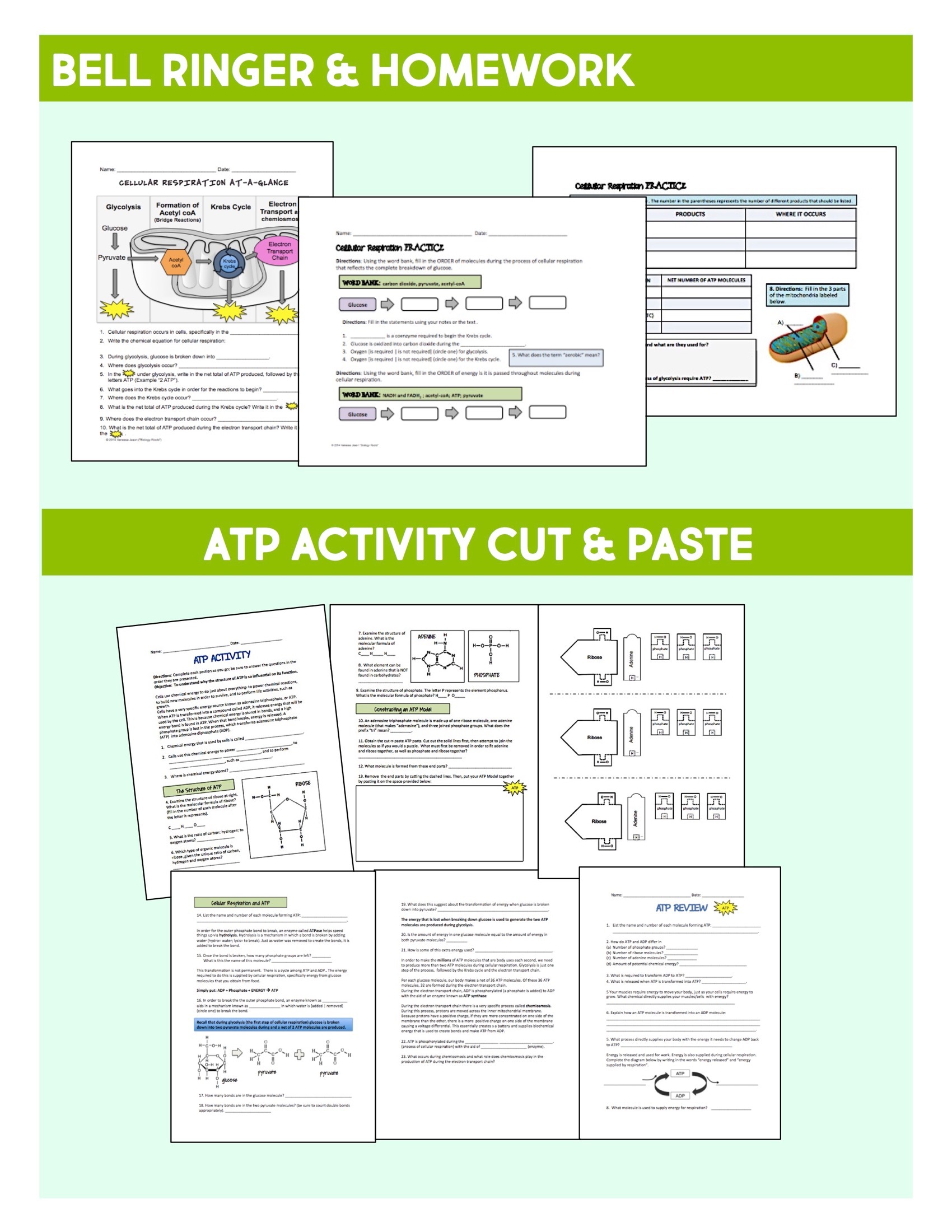
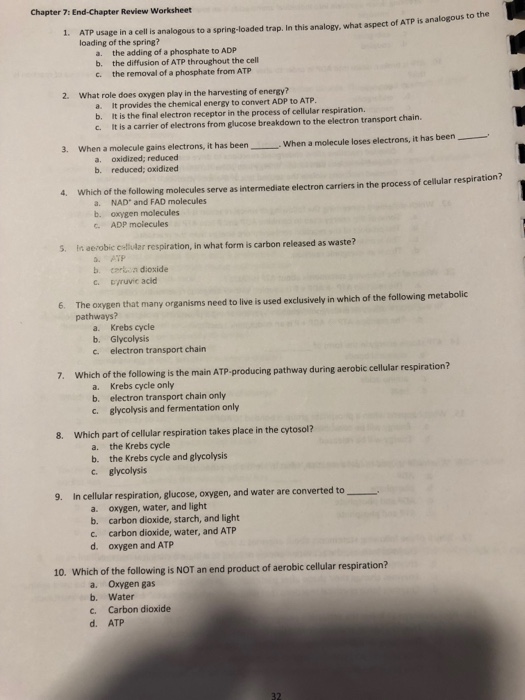
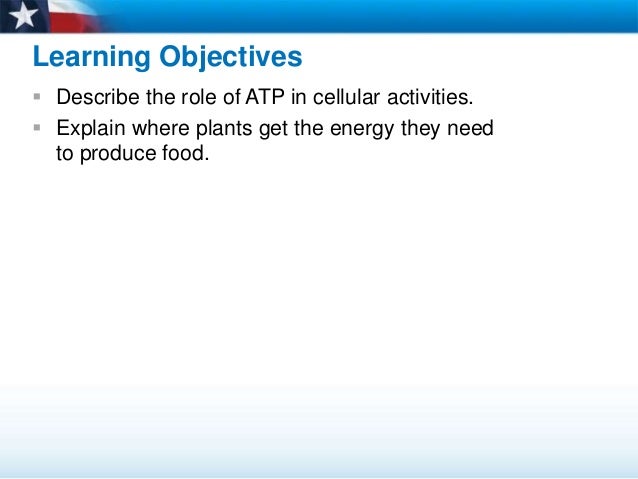



0 Response to "41 the role of atp in cells worksheet answers"
Post a Comment